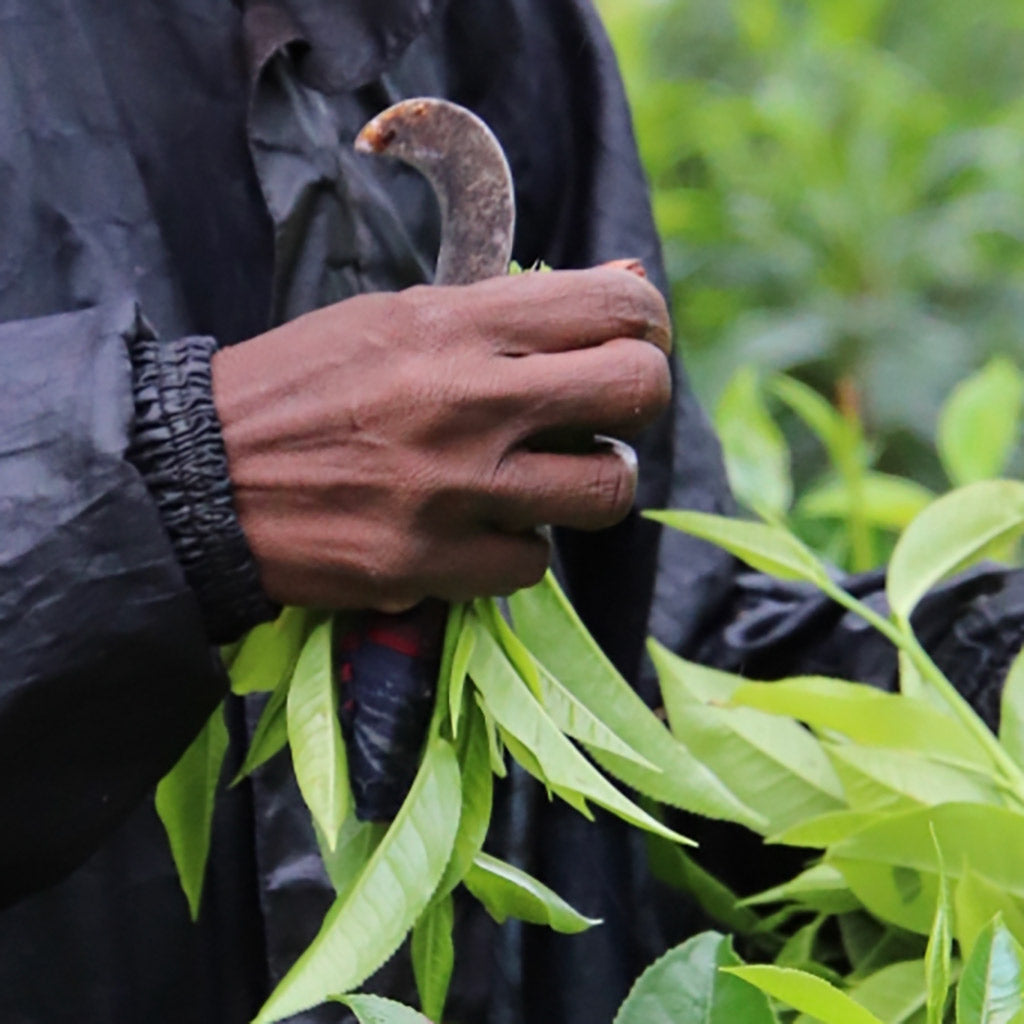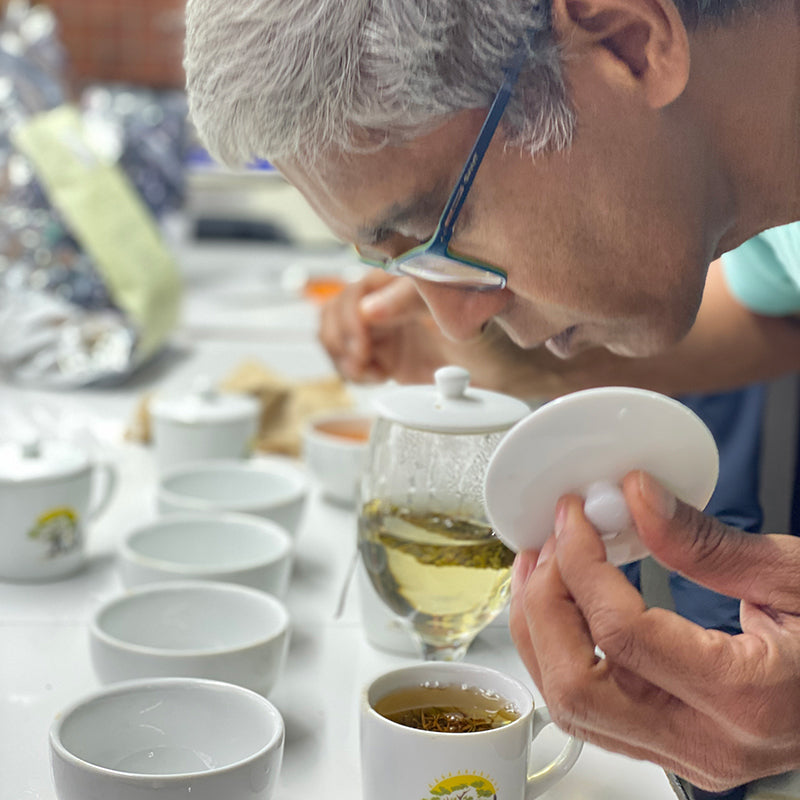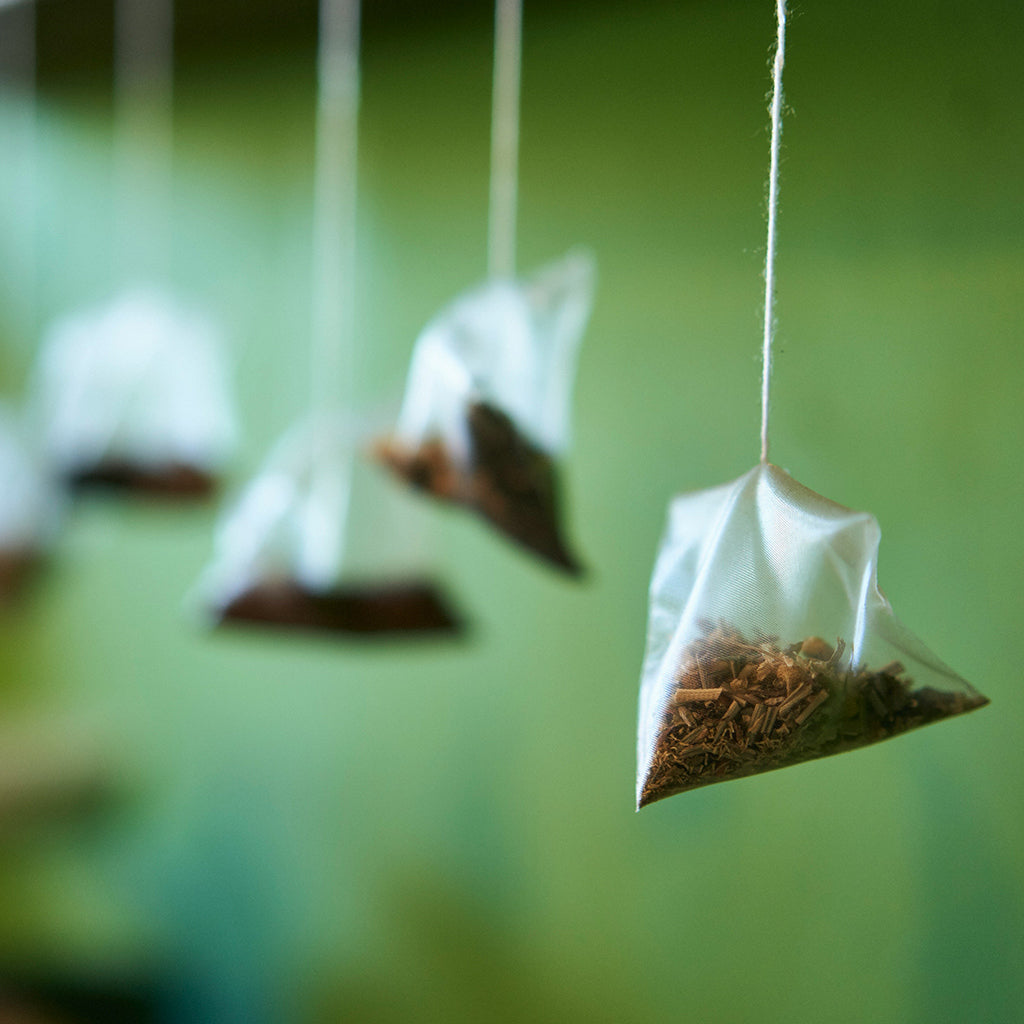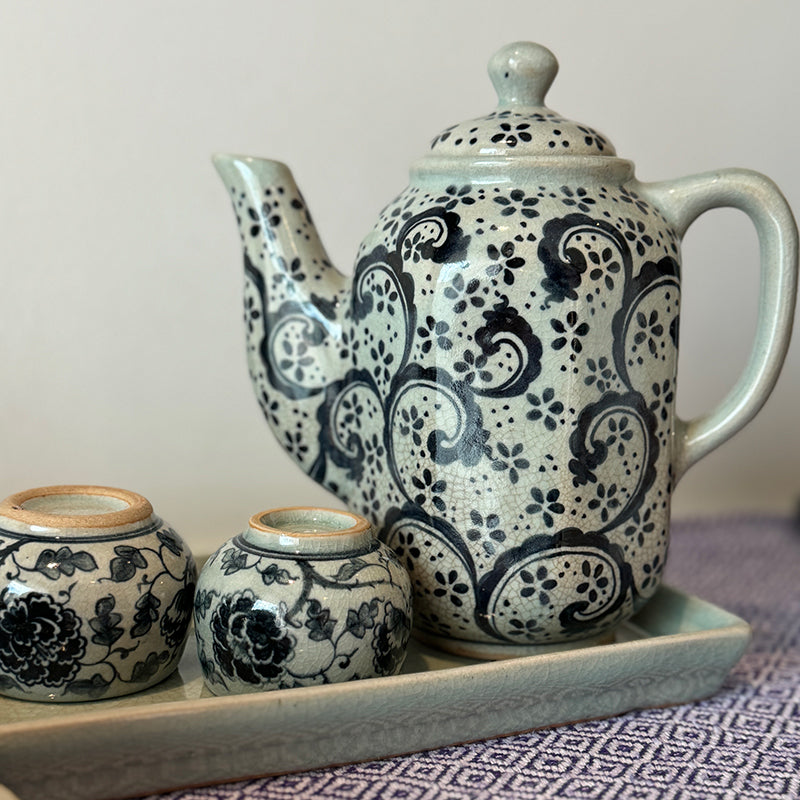Tea, one of the world's most beloved beverages, has a rich history dating back thousands of years. The process of harvesting tea leaves has evolved over time, with two primary methods prevailing today: hand harvesting and machine harvesting. In this blog, we will delve into the art of hand-harvesting tea and explore why it is often considered superior to its mechanical counterpart.

The Beauty of Hand-Harvesting
Hand-harvesting tea is an ancient practice that demands patience, skill, and expertise. Experienced tea pickers carefully select the tenderest leaves and buds, plucking them delicately from the tea bushes. This meticulous process is labor-intensive but yields exceptional results. The gentle touch of human hands ensures that only the finest leaves are harvested, leaving behind the mature leaves to continue nourishing the tea plant.
Preserving Quality and Flavour
The human touch in hand-harvesting plays a pivotal role in preserving the quality and flavor of the tea leaves. By selectively picking young leaves and unopened buds, the tea retains a delicate, nuanced taste profile. These tender leaves contain higher levels of essential oils and antioxidants, resulting in a more vibrant and aromatic cup of tea.

Promoting Sustainability and Biodiversity
Hand-harvesting tea contributes to sustainable agricultural practices. By allowing mature leaves to remain on the tea bush, the plant's health is maintained, leading to a more robust yield in subsequent harvests. Moreover, the selective approach of hand plucking ensures that only a portion of the leaves are removed, preserving the natural ecosystem and promoting biodiversity in the tea gardens.
Protecting the Environment
Machine harvesting, while efficient, can have detrimental effects on the environment. The large machines used in mechanical harvesting can damage the tea bushes and surrounding vegetation. This can lead to a higher risk of diseases and pests, necessitating the use of chemical pesticides. In contrast, hand-harvesting eliminates the need for heavy machinery, reducing the carbon footprint and protecting the delicate tea gardens.
Empowering Local Communities
Hand-harvesting tea provides valuable employment opportunities to local communities in tea-producing regions. This labor-intensive method ensures that skilled tea pickers can make a sustainable living, preserving traditional knowledge and expertise that has been passed down through generations.

Maintaining Artisanal Excellence
The art of hand-harvesting tea is an artisanal practice that celebrates the human connection with nature. Each tea picker's careful selection of leaves adds a personal touch to the final product. This commitment to excellence and attention to detail is reflected in the premium quality of hand-harvested teas, making them a favourite among tea connoisseurs worldwide.
While machine harvesting may offer speed and efficiency, the art of hand-harvesting tea remains unparalleled in terms of quality, flavor, and its positive impact on the environment and local communities. This time-honored tradition preserves the essence of tea as a natural and sustainable beverage, capturing the beauty of nature and the dedication of skilled hands.
So, the next time you savor a cup of hand-harvested tea, take a moment to appreciate the ancient craftsmanship and the journey of the leaves from the tea gardens to your teacup.




